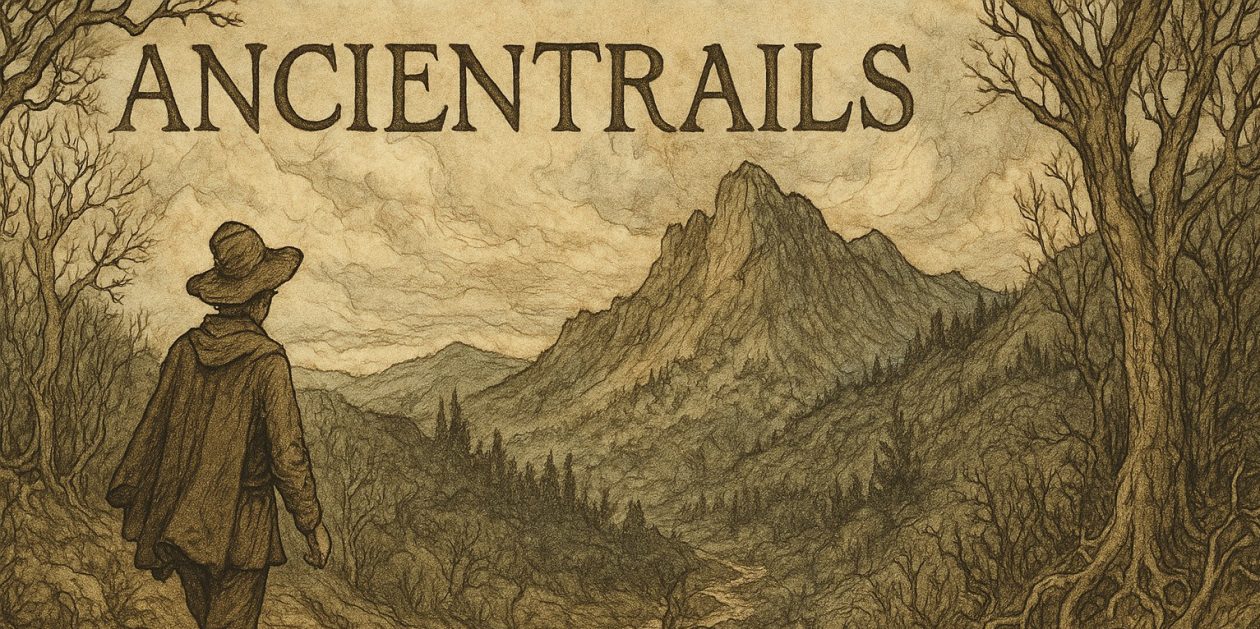Spring (Ostara) Bee Hiving Moon
Friend Bill Schmidt found a helpful exposition on Ostara, an early fertility goddess, and her regular appearance in Christian households (among others) at this time of year. Here’s a link to this short, but well-researched piece. After reading it, an odd thought occurred to me, perhaps because I also read this NYT piece this morning: Saving Minds, Along With Souls.
The odd thought is this. The church captured the renewal and invigorating power of spring as a metaphor for the resurrection, then demonized (quite literally) and punished pagan observances of the season, like those related in the linked piece Bill found. The effect was to put a theological fence around the power of spring in Western culture, confining it within the garden of Christian orthodoxy.
By making church membership and belief a prerequisite for experience its power-through the Easter holiday-the natural celebration of a Great Wheel holiday, a real and joyous one, became dangerous, sanctioned as blasphemy. The church accomplished this in fact through the burning of witches and the intentional extinguishing of earth focused traditions wherever it spread its missionary power. It accomplished it in theory through making spring only a metaphor for the resurrection.
Enough of that. A temperate latitude Spring is a wonder, a life renewing, hopeful time when the earth shows that life comes again, and triumphs over the fallow time. And more. In doing so it assures life for the human race and all the animal kingdom that absolutely depends on its gentle, but unyielding power. It is an animal’s birthright to gambol when the grass greens and the trees leave out. The joy is innate.
Business cycles come and go. History rises and falls. Nations become great and then wither. Religions prosper and die away. Note this, though. If even one spring failed to happen, it would cause a worldwide catastrophe more damaging than the failure of any of these. If two springs failed to happen in a row, there would be no need for business cycles or nations and history would record a near apocalypse. Three springs? Well, just imagine.
(A Vision of Spring – Thomas Millie Dow)
So give me a bunny rabbit and some colored eggs. Let’s take off our shoes and walk barefoot on the soil as it warms the seeds. I’ll dance with you as the shoots come up and starvation is banished once again.


